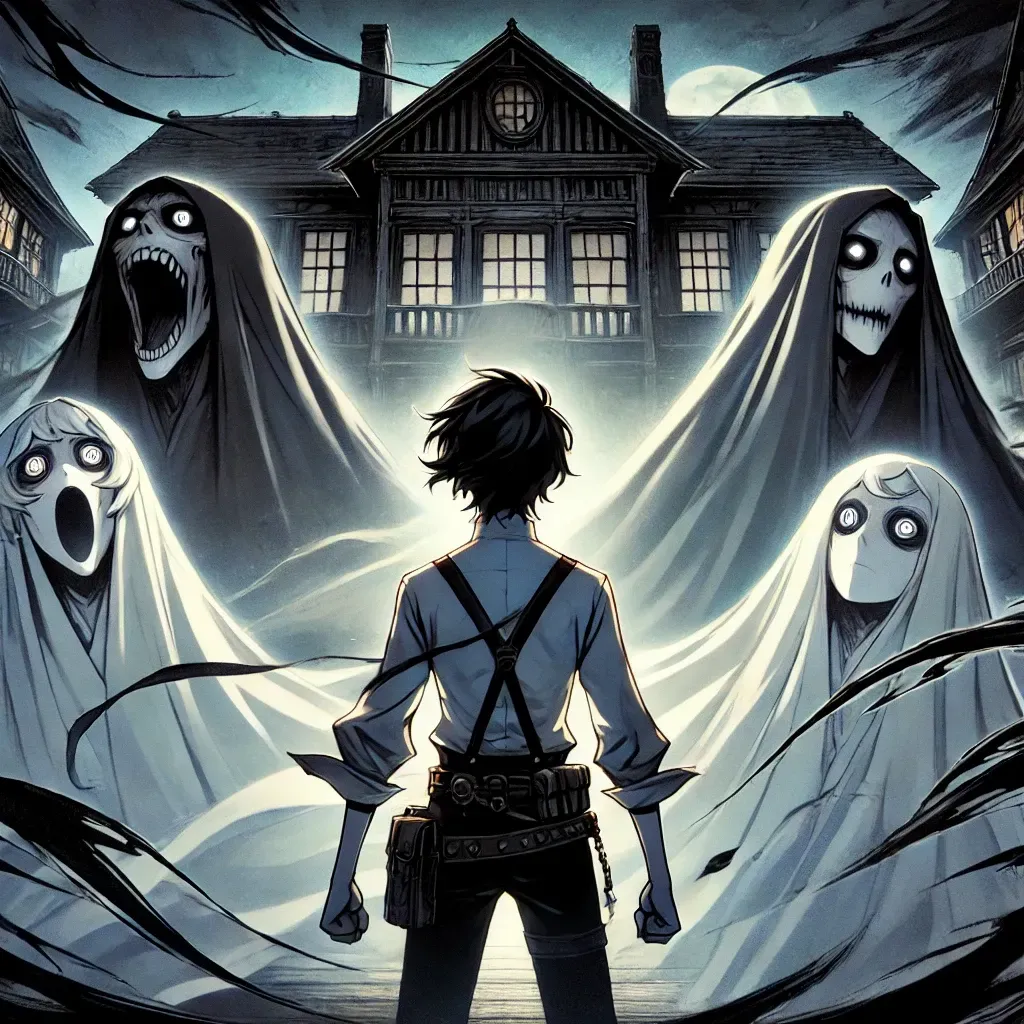Welcome To The Growth Gazette Blog!
This blog is designed especially for young adults seeking to transform past adversities into opportunities for self-improvement, clarity, growth, and personal transformation.
If you are feeling directionless, unseen, hopeless, lost, confused, isolated, alone, or unfulfilled, you've come to the right place.
Through the lens of my personal experiences—traveling to 14 countries, pursuing a career in acting, growing up with a single mother and drug addicted and alcoholic father, and overcoming the loss of a close friend—I understand the importance of facing fears and seeking personal growth. With the guidance of a life coach, I found my way to a more fulfilling, purpose-driven life.
I grew up with ADD and was labeled to have a learning disability. Always struggling with school and barely passing any of my classes. I got arrested multiple times when I was a teenager and got expelled from my school district.
But, I overcame all that. One day while in a drunk tank after being arrested for the 6th time at the age of 16, I said enough is enough.
I began to change the story that I was telling myself, diving deep into non-fiction books, taking courses, getting coached, and changing my belief system and mindset.
Now, I am here to help you do the same. At The Growth Gazette, you'll find:
Life Coaching Insights: Practical tips and strategies to empower you to take control of your life.
Overcoming Challenges: Proven methods to help you face and conquer your fears and obstacles.
Personal Growth Techniques: Tools to cultivate a growth mindset and overcome limiting beliefs and negative thoughts.
Empowering Articles: Stories and advice to inspire and motivate you on your personal development journey.
Join our community and unlock your potential. Embrace the journey of self-discovery and transformation. Let's work together to set clear goals, find your true purpose, and create a positive impact in your life and the world.
Welcome aboard! Let’s grow together.

4 Ways The Haunting Of Hill House Teaches to Overcome Ghosts
We all have ghosts—memories, traumas, and unresolved pain from our past that continue to haunt us. These ghosts manifest in our everyday lives, affecting our relationships, our ability to trust, and even our self-worth. Maybe you feel it when you’re alone at night, or when something triggers an old memory. Maybe it’s the way certain relationships feel stuck, or how you struggle to move forward because of the weight of the past. If you’re feeling this, you’re not alone.
This theme of being haunted by the past is at the heart of The Haunting of Hill House, a show that digs deep into the trauma and emotional weight carried by the Crain family. But what makes this show more than just a haunting story is how it portrays the human side of trauma—the kind we all face. As each member of the family confronts their ghosts, it becomes a mirror for our own struggles.
The Consequences of Ignoring Your Ghosts
But here’s the hard truth: if we don’t do something about these ghosts, they don’t just stay quiet. Ignoring them doesn’t make them disappear. In fact, they tend to get louder, more destructive, and harder to manage. When we allow trauma and unresolved pain to fester, it can show up in every corner of our lives. It affects our ability to connect with others, trust ourselves, and make decisions with confidence. It can lead to emotional numbness, like Theo, who built walls so high that she couldn’t let anyone in. It can lead to anger and denial, like Shirley, who clung to control because it was the only thing she felt she had left. Or worse, it can drag us down into self-destruction, like Luke, whose trauma pushed him toward addiction as a means of escape.
If we keep pushing these ghosts aside, they’ll continue to shape our future. That distant feeling you have in relationships? That’s not going to fade away. That fear of intimacy, that anger bubbling just beneath the surface, the anxiety that creeps in at the most inconvenient times—these feelings don’t magically fix themselves. They lead to deeper isolation, broken relationships, unfulfilled potential, and an ongoing cycle of emotional pain. Without confronting our ghosts, we risk living lives that are just shadows of what they could be, forever haunted by the past.
But there’s another path. A harder path, yes, but a path toward freedom, growth, and healing. It starts with facing those ghosts—those memories and traumas we’ve kept buried for too long. It’s not about quick fixes or ignoring the pain. It’s about the process of healing, the slow but rewarding journey toward becoming the person you were meant to be. It’s the kind of change that transforms your relationships, your outlook, and your sense of self-worth.
Lesson 1: Trauma Doesn’t Go Away on Its Own
One of the most powerful takeaways from The Haunting of Hill House is that trauma doesn’t just disappear—it lingers and festers if left unaddressed. For the Crain family, the events of Hill House don’t end when they leave the house; they carry the psychological scars with them into adulthood. Shirley is haunted by her anger, Theo by her inability to form intimate relationships, and Luke by addiction—a clear manifestation of his struggle to escape the memories.
In real life, trauma often manifests in similar ways. It can come out as anger, a need to control, emotional withdrawal, or unhealthy coping mechanisms like addiction. We might bury these feelings deep, but they never truly go away until we face them. If you’ve ever wondered why certain patterns keep repeating in your life—whether it’s in relationships or self-sabotage—it might be a sign that there’s unresolved trauma at play.
Lesson 2: Ghosts Are Often Manifestations of What We Want or Fear
“Most of the time, a ghost is a wish.” - Steven Crain
In The Haunting of Hill House, the ghosts aren’t just representations of fear; they are also tied to longing and regret. Whether it’s the mother’s longing to “save” her children or Luke’s battle with the ghost of his addiction, these apparitions symbolize something deeper.
One of the most heart-wrenching elements of the show is how the mother, Olivia, tries to protect her children from suffering. Throughout the series, she is portrayed as losing her mind, but in her final moments, we see that her actions stemmed from a deep, sacrificial love. She wanted to spare her children from the harsh realities of life and believed she was saving them. This desire to protect, while well-intentioned, became destructive, mirroring how love, when misunderstood or taken to extremes, can cause harm even when we mean to do good.
This reminds me of how, in real life, our need to protect loved ones can sometimes go too far. We may try to shield others from pain, but in doing so, we can unintentionally hinder their growth or independence. The lesson here is that while we want to protect those we love, we must also allow them the space to experience and learn from their challenges.
In my own life, I’ve seen how ghosts can be tied to the things we wish for, the parts of our past we can’t let go of. For me, the memory of my dad raging in the backseat, pulling my mom’s hair, remains a ghost—a representation of fear, loss of control, and helplessness. It’s not just a memory, it’s a haunting that reminds me of the things I wish were different, the safety and peace I wish we had.
Lesson 3: Healing Requires Confrontation
Throughout the series, we see the characters struggle until they finally confront their ghosts. It’s only when they face the trauma head-on, when they acknowledge the pain they’ve been carrying, that they can begin to heal. For Luke, it means accepting the pain of addiction, for Theo, it’s about breaking down her emotional walls, and for the father, it’s finally telling his children the truth about their mother.
The father, Hugh, is a prime example of how avoiding difficult truths can cause more harm. Throughout the series, Hugh tries to protect his children by staying silent about what really happened in Hill House. His good intentions—to shield them from the trauma—end up alienating his children, causing them to resent him for keeping the truth from them.
Hugh’s silence throughout the years mirrors a common response to trauma: avoidance. He believed that not talking about what happened would protect his children from further pain, but instead, it made them feel isolated and confused. This is a powerful reminder that avoiding hard conversations doesn’t make trauma disappear—it makes it worse.
In personal development, healing starts with confrontation. You can’t heal what you don’t face. If you’ve been carrying trauma, it’s time to stop running from it. This could mean seeking professional help, journaling about past events, or even opening up to trusted loved ones. The journey of healing is difficult, but it’s necessary to break free from the patterns that keep you stuck.
Lesson 4: The Power of Family and Connection
Despite the trauma they share, the Crain family ultimately learns that healing is a collective process. They need each other to confront their individual ghosts, and their connection as a family is what brings them back from the brink. This mirrors how we all need connection—whether through family, friends, or community—to truly heal.
Emotional intelligence plays a huge role here. If we don’t develop self-awareness and emotional skills, we can stay trapped in isolation, never letting others in. Healing requires us to open up, to lean on others, and to allow ourselves to be vulnerable. The journey toward growth is never one we take alone.
In my own life, I’ve seen how silence around trauma or difficult topics can push people away. It’s a reminder that open communication is essential, even when the truth is hard to face. Healing starts with acknowledging the pain and being willing to talk about it.
From Haunting to Healing: The Power of Confronting Our Ghosts
When we confront our trauma, we begin to see the world differently. Emotional walls come down, like Theo finally allowing herself to connect with others. Healing brings clarity, self-awareness, and a renewed ability to trust—not just others, but yourself. Imagine no longer being weighed down by the constant fear, anger, or regret. You become more present in your relationships, more confident in your decisions, and more capable of facing challenges head-on without being dragged back into the past.
But this isn’t about promising overnight success. Healing is a process, one that requires patience, self-compassion, and support. It’s about progress, not perfection. It’s about learning to live with your ghosts in a way that empowers you, not controls you. Over time, the trauma that once haunted you can become the source of your strength—the place from which you grow, learn, and find meaning.
Personally, I am a massive fan of Mike Flanagan, the director of the limited series such as "The Haunting of Hill House" and more. I'm not just a fan because I am a lover of horror (although I am) but because he is such a master storyteller, always interweaving elements of grief, sorrow, trauma and other deeply humanistic qualities to his characters and plot. His shows are psychologically deep, reflective and require you to dig inside yourself, finding the meaning that you give your pain.
The ghosts we carry may never fully leave us, but we have the power to confront them. The Haunting of Hill House is a reminder that while trauma leaves its mark, it doesn’t define us. We can face our ghosts, heal, and move forward, stronger for having done the hard work. I encourage you to reflect on your own ghosts. What memories or past traumas are still haunting you? What steps can you take today to confront them and start your journey toward healing?
P.S.
If this post resonated with you and you’re ready to take the first step in confronting your own ghosts, I’ve created a range of resources to help guide you. From insightful articles to practical exercises, these tools are designed to support your growth and healing.
Join my email newsletter below to receive exclusive content, personal development tips, and actionable steps to move forward. Together, we can navigate the path to a more empowered, fulfilling life.
Before You Go, Check Out My Newsletter!
Stay Up To Date With Actionable Tips & Advice!

